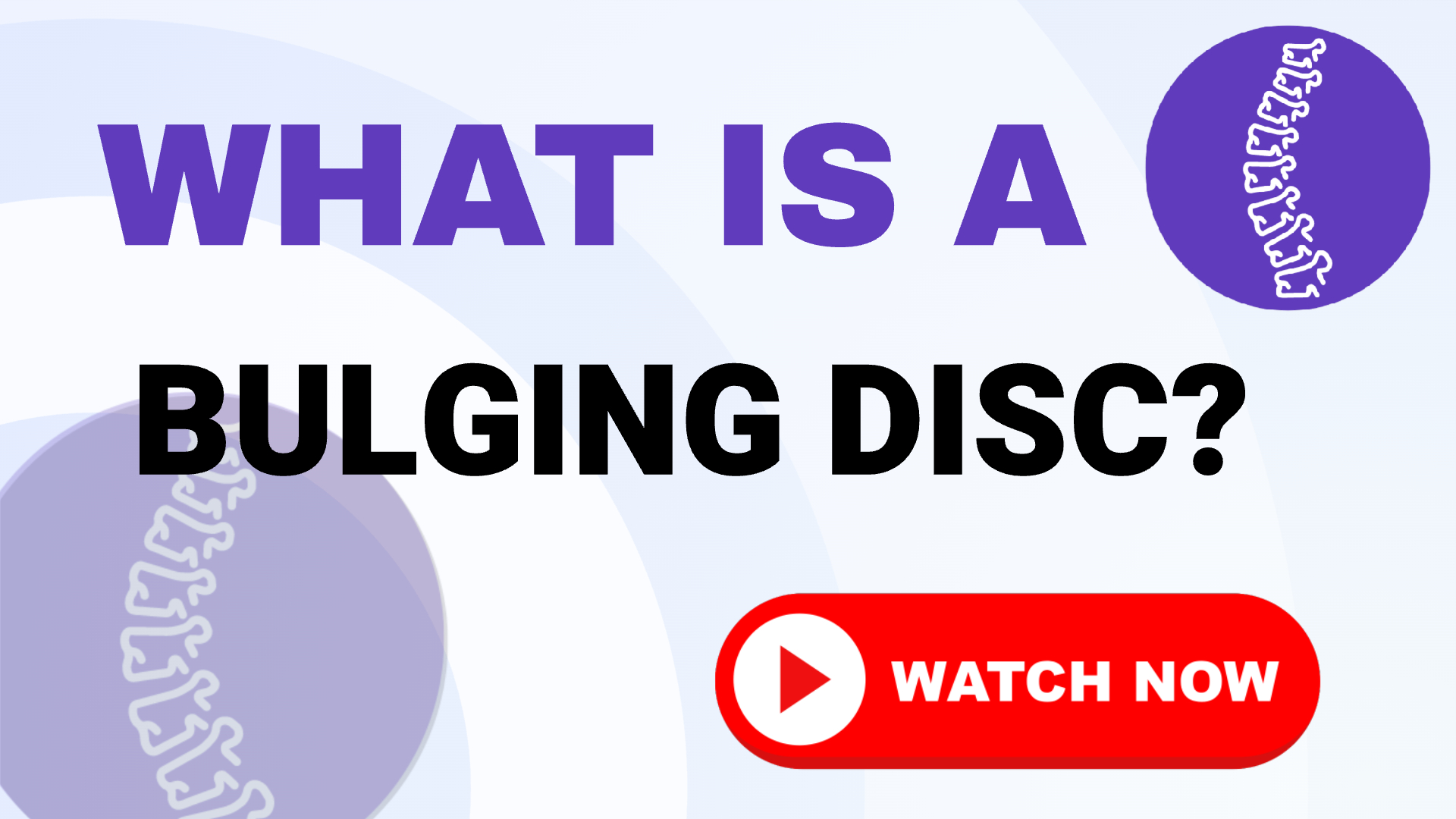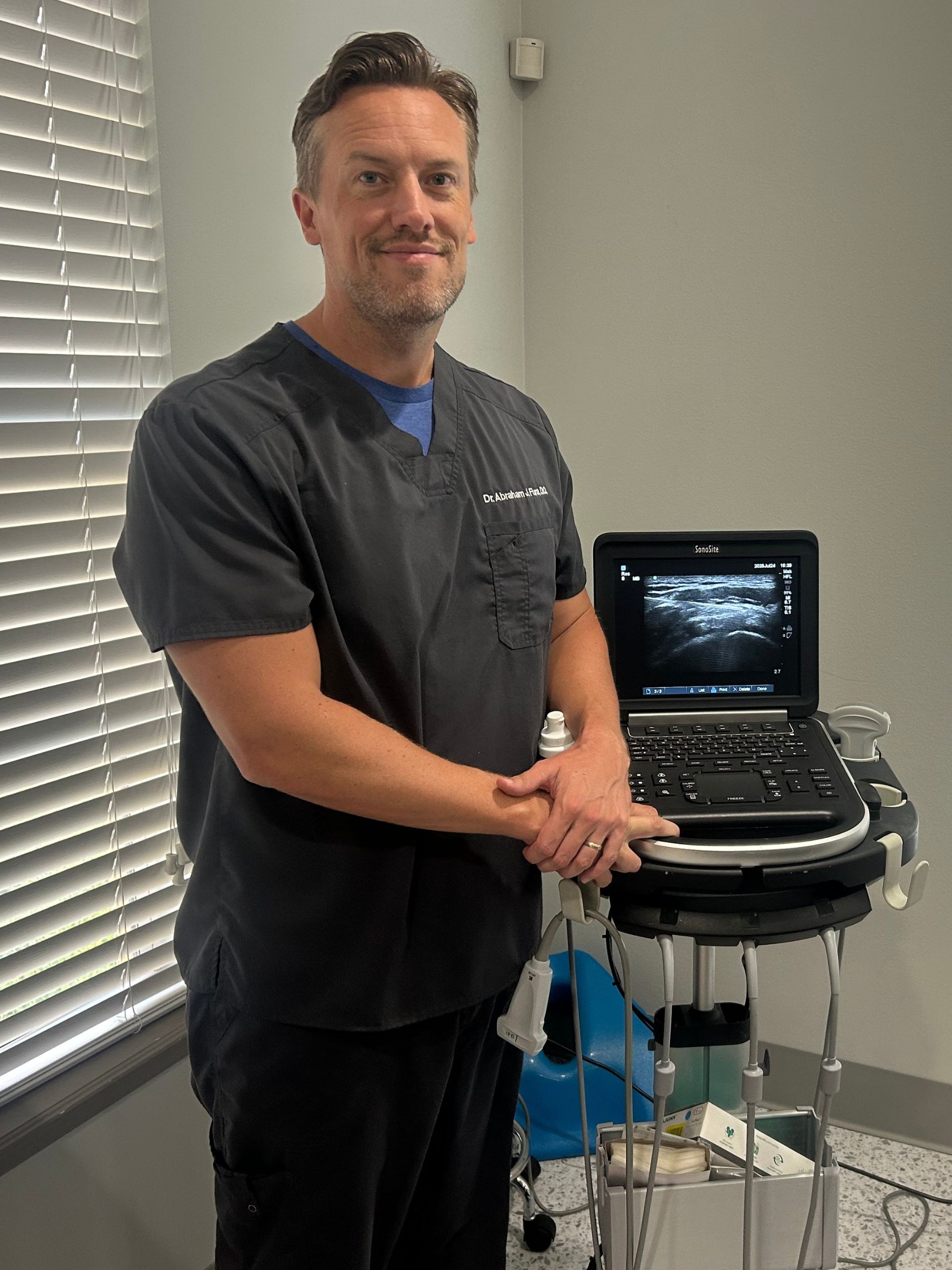
CONDITION OVERVIEW
A bulging disc is a common spinal condition where the tough outer wall of a vertebral disc weakens, causing it to swell outward into the spinal canal. Often a precursor to a herniated disc, a bulge can be a significant source of pain if it presses on a nearby nerve root. While many people have bulging discs without any symptoms, when they do become symptomatic, they can cause localized back or neck pain as well as pain, numbness, or weakness that radiates into the arms or legs. Understanding the cause is the first step toward effective, targeted relief.

ROOT CAUSES
Bulging discs are most often the result of gradual wear and tear on the spine over many years. However, certain activities and events can accelerate this process or cause an acute bulge.
This is the most common cause. As we age, our spinal discs naturally lose water content and flexibility, making the outer wall weaker and more susceptible to bulging.
Years of sitting with poor posture, or jobs that involve frequent lifting, bending, and twisting, place cumulative stress on the discs in the lower back and neck.
A sudden, high-force event like a car accident, a fall, or lifting a heavy object with improper form can cause an immediate bulging of a disc.
A family history of spine problems, a sedentary lifestyle, and smoking can all contribute to weaker disc integrity and increase the risk of a bulge.

RECOGNIZING THE SIGNS
A bulging disc is often asymptomatic. Symptoms only arise when the bulge compresses a nerve root, and they vary greatly depending on the location and severity of the nerve pressure.
The hallmark symptom. This includes sciatica (sharp pain shooting down the leg) from a lumbar bulge or pain radiating down the arm from a cervical bulge.
A "pins-and-needles" sensation that travels along the path of the compressed nerve into a leg, foot, arm, or hand.
Nerve compression can interrupt signals to your muscles, causing weakness in the affected limb, such as a weak grip or "foot drop."
A dull, persistent ache centered in the lower back or the neck, directly over the area of the affected disc.
Pain that gets significantly worse with certain activities like prolonged sitting, bending, coughing, or sneezing, which increase pressure on the disc.
A physician may find diminished reflexes in the knee or ankle during an examination, providing a clinical clue to nerve root compression.
Radiating pain, numbness, or weakness from a bulging disc should not be ignored. An accurate diagnosis is essential to prevent the condition from worsening. Contact the Spine and Nerve Center Riverview to schedule a comprehensive evaluation with Dr. Abraham J. Fura and start your journey to lasting relief.